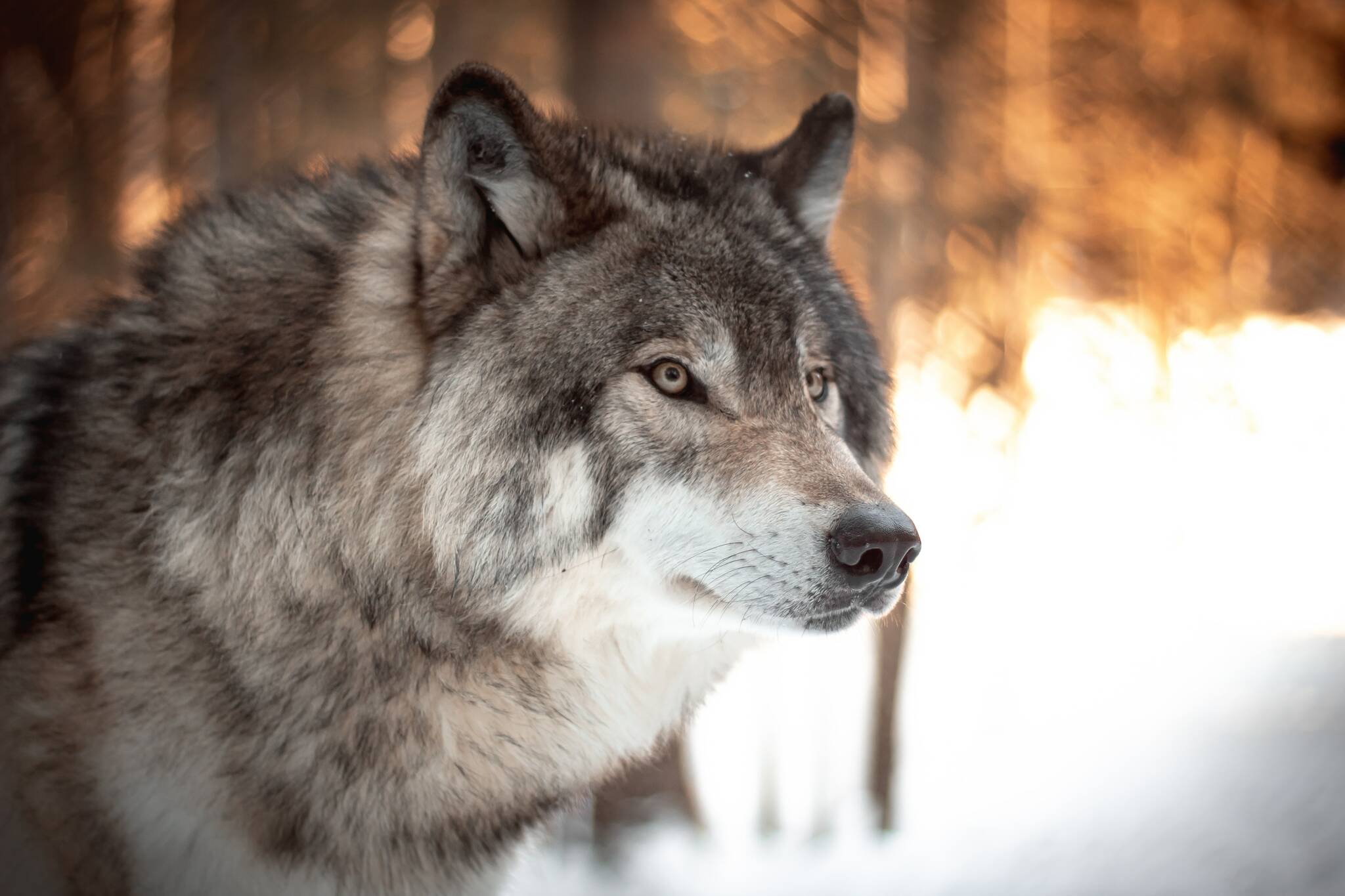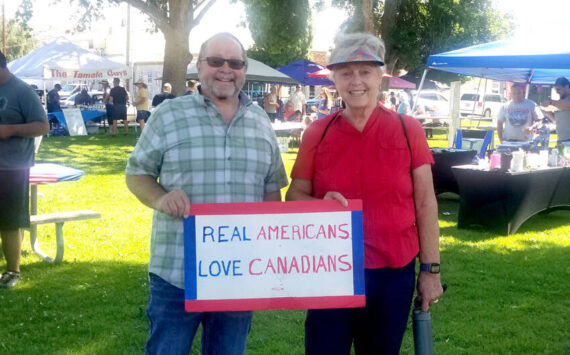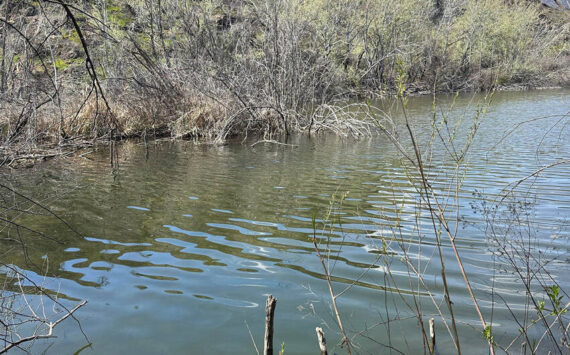By Randy Bracht | The Center Square
(The Center Square) – Politically, the wolves are at the door in Olympia.
In recent days, there has been action by both legislators and the governor’s office to address conflicts between the predatory animals and livestock – and debates between politicians, livestock owners, wildlife groups, and the state agency charged with providing management oversight.
Earlier this month, Gov. Jay Inslee directed the Washington Department of Fish & Wildlife to begin a new rulemaking process to guide when wolves can be lethally removed for attacks on domestic animals.
Inslee’s directive overturned the Washington Fish and Wildlife Commission’s Oct. 28 rejection of a petition from wildlife advocacy and environmental interests seeking policies to further protect the state’s gray wolf population. The groups then appealed to the governor’s office.
On Thursday, state Sen. Shelly Short, R-Addy, called Inslee’s decision “tone deaf.”
“It’s super frustrating,” said Short, whose sprawling 7th Legislative District is home to most of the estimated three dozen packs and 216 endangered-designated wolves in Washington. Her northeastern district includes all of Ferry, Okanogan, Pend Oreille and Stevens counties and parts of Douglas, Grant and Spokane counties.
Short said Inslee “flipped” the wildlife commission’s denial of the petition, ignoring both the concerns of her constituents and a WDFW staff recommendation that rulemaking was not necessary at this time because management protocols are already in place.
Short believes Inslee’s order now opens the state up to more outside influence and potential litigation at a time when wolf populations are increasing and conflicts requiring authorized kills are declining.
“I worry about the safety of our ranchers and families,” she said, noting a decade-long debate over wolf management has been emotional with some her constituents receiving death threats. “Our ranchers are at the epicenter of this issue. Most of the [petitioners] are out-of-state environmental groups.”
By law, Inslee can’t prescribe specific policies to be included in the rulemaking, but he recommends codifying a lethal removal protocol developed by the state’s Wolf Advisory Group.
“Putting the protocol into rule or policy would provide consistency, continuity, and confidence for future administrations,” wrote Inslee. He also wants wildlife officials to revise “caught in the act” language, which he called “vague.” He referenced wolves being killed when they were not attacking livestock.
Inslee addressed his comments to Claire Loebs Davis, founder and president of Washington Wildlife First, one of 11 advocacy organizations that appealed to the governor after their petition was denied by the state wildlife commission.
“We thank Governor Inslee for his courage and vision in once more taking a stand for Washington’s wolves,” wrote Davis, saying state taxpayers “have footed the bill to kill 43 endangered wolves to date, spending hundreds of thousands of dollars for sharpshooters to kill wolves from helicopters.”
The petition is similar to others previously denied by the commission, including an appeal rejected by the governor’s office in 2014.
“We urge the Commission and the Department to take the Governor’s instructions seriously this time around and engage in a meaningful rulemaking process, rather than wasting time by just going through the motions again,” Davis stated.
WDFW follows several steps before determining whether a wolf can be killed, and the agency says its has significantly reduced the need for lethal removal: nine animals were killed in 2019, three in 2020, two in 2021, six in 2022, and two last year – a 64% reduction over the past four years.
“In the meantime, the number of wolf packs, successful breeding pairs, and individual wolves in Washington has continued to increase every year while levels of livestock depredation and wolf removals have remained low ….” the agency states on its website.
A “pack” is defined as two or more wolves traveling together in winter, and a “breeding pair” is defined as at least one adult male and one adult female wolf which raise at least two pups that survive until Dec. 31 in a given year.
Along with other non-lethal management techniques, WDFW has supported a research team’s evaluation of a range-riding program aimed at reducing conflicts between livestock and carnivores. Sen. Short said she supports more funding for that program.
She also supports a recently introduced bipartisan bill calling for WDFW to establish a three-year pilot program that allows an owner of livestock to monitor the site of wolf predation and take the first wolf that returns to the site. The agency would evaluate the program and report back to lawmakers by December 2027. The measure, Senate Bill 5939, is cosponsored by Republicans Keith Wagoner of Sedro-Woolley and Mark Schoesler of Ritzville and Democrats Kevin Van De Wege of Lake Sutherland and John Lovick of Mill Creek. An initial hearing was held Thursday by the Senate Agriculture, Water, Natural Resources & Parks Committee.
Washington’s wolf population was virtually eliminated in the 1930s, but has rebounded since 2008 when a resident pack was documented in Okanogan County. Gray wolves were federally classified as endangered in all or parts of Washington in 1973 and listed as endangered under state law in 1980.







